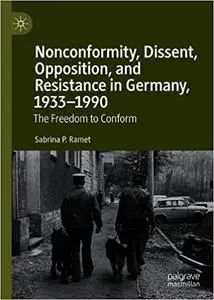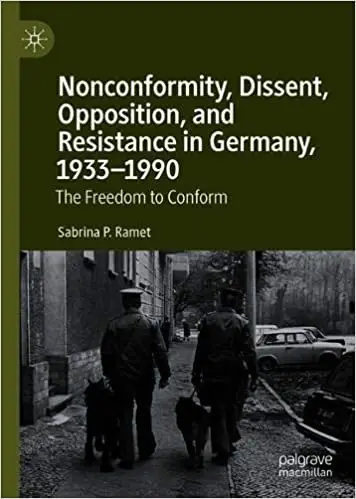Sabrina P. Ramet, "Nonconformity, Dissent, Opposition, and Resistance in Germany, 1933-1990: The Freedom to Conform"
English | ISBN: 3030554112 | 2020 | 302 pages | EPUB, PDF | 2 MB + 3 MB
English | ISBN: 3030554112 | 2020 | 302 pages | EPUB, PDF | 2 MB + 3 MB
“This book brings fresh light to previously marginalized subject in German history. It is an original approach, up-to-date written without scholarly jargon, easily accessible to students, both at undergraduate and graduate. It is highly focused departing from the usual “histories” of a single country arguing for the “two German states”, and the three political systems.”
- Prof. Dr. László Kürti, Institute of Applied Social Sciences, University of Miskolc, Hungary
This book contrasts three very different incarnations of Germany – the totalitarian Third Reich, the communist German Democratic Republic, and the democratic Federal Republic of Germany up to 1990 – in terms of their experiences with and responses to nonconformity, dissent, opposition, and resistance and the role played by those factors in each case. Although even innocent nonconformity came with a price in all three systems and in the post-war occupation zones, the price was the highest in Nazi Germany. . It is worth stressing that what qualifies as nonconformity and dissent depends on the social and political context and, thus, changes over time. Like those in active dissent, opposition, or resistance, nonconformists are rebels (whether they are conscious of it or not), and have repeatedly played a role in pushing for change, whether through reform of legislation, transformation of the public’s attitudes, or even regime change.



